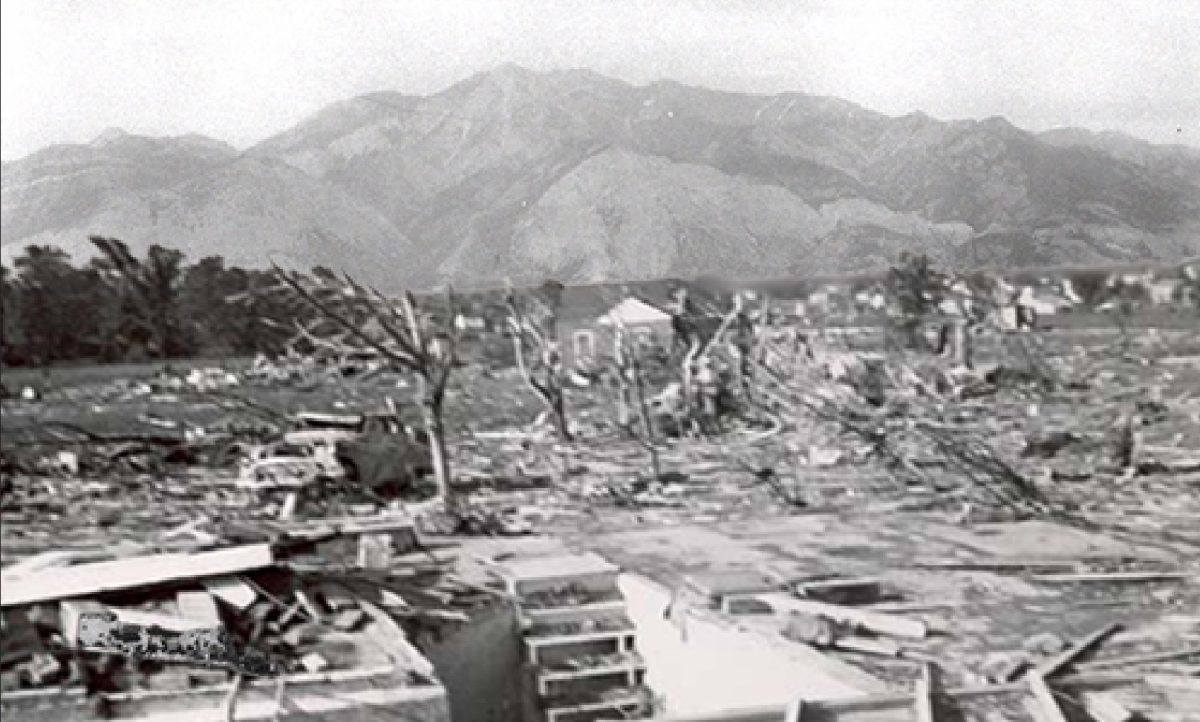
The history of the USS Utah (BB-31) — informally known as “The Forgotten Ship” — may soon be brought out of the waters of history.
A film by documentarian Tim Gray will tell the stories of the Florida-class battleship and the crew who occupied it. That is, if enough money can be raised.
“Keep your head down, and get off the beach,” Gray tells himself in his worst days of fundraising. As a WWII documentary film maker, he is reminded of the men who, despite the bombs and bullets flying at them, stood fast.
Unfolding and telling individuals stories of the events that took place during the war came naturally to him. At 6 years old, he read about the men who stormed the beaches of Normandy on D-Day and the lives affected by the Holocaust.
He became fascinated with the aspects of WWII, and the young men who, despite the grim outlook of what they were up against, kept moving forward.
The journalism graduate, inspired by those who left behind their adolescent lives to fill the boots needed to defend their country, bid adieu to his career as a sports broadcaster. Instead, he sought to use his journalistic abilities to tell the stories of the souls who fought in the most widespread and deadliest war in history.
Gray’s purpose in visiting Weber County did not lie solely in getting Utahans excited about the naval representative of their state. He also wanted to grab the attention of young minds and instill in them the significance of the stories behind the war that saved the world.
Gray knows he can never fully understand what these veterans went through. He further knows his films would be an injustice to their memories if they were to ever play out in anything other than a completely organic setting.
Every documentary Gray produces has an emotional tone. However, ”Journey Home to the USS Arizona” — which follows the family and friends of veteran Raymond Haerry for 5,000 miles back to his ship attacked in Pearl Harbor — struck a particular chord with him.
Haerry lost over 1,000 of his shipmates on Dec. 7, 1941. In his last wishes before passing away 75 years later, he asked to be cremated so he could once again be with his fellows onboard the USS Arizona.
Directing the documentary on the travels of Haerry’s ashes to his final resting place with his “buddies” is all Gray needed to satisfy any lingering doubts it is the unplanned happenings along one’s journey that makes the story.
Gray appreciates what can set one apart from the rest with creativity. For him, staying out of the way without dictating how things will go is what sets the stage for unique opportunities.
“My worst fear is getting in the way of the natural process,” Gray said. Returning to the exact same locations where they once fought during the Great Crusade is vital in bringing about the unique occurrences for which Gray could never anticipate.
One such occurrence comes to mind for him: an elderly woman once approached a WWII veteran and placed her hands on his face. In that moment an indescribable bond was witnessed between a soldier and a teenage girl, he said.
No drawing board or road map in the film making process could account for these instances, and that’s how Gray likes it.



















